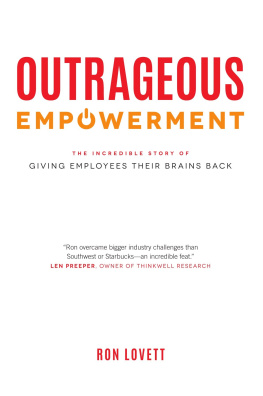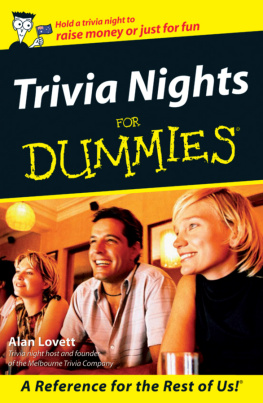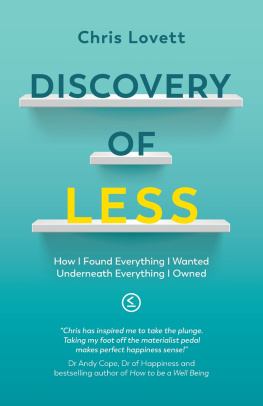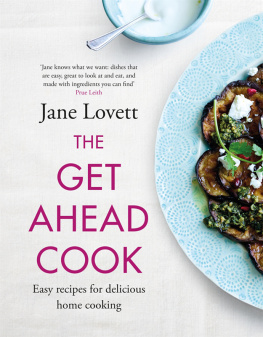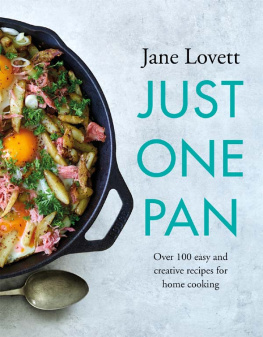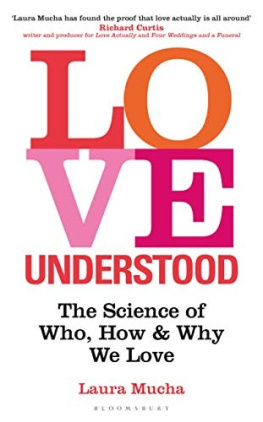Laura L. Lovett - With Her Fist Raised
Here you can read online Laura L. Lovett - With Her Fist Raised full text of the book (entire story) in english for free. Download pdf and epub, get meaning, cover and reviews about this ebook. year: 2021, publisher: Beacon Press, genre: Non-fiction. Description of the work, (preface) as well as reviews are available. Best literature library LitArk.com created for fans of good reading and offers a wide selection of genres:
Romance novel
Science fiction
Adventure
Detective
Science
History
Home and family
Prose
Art
Politics
Computer
Non-fiction
Religion
Business
Children
Humor
Choose a favorite category and find really read worthwhile books. Enjoy immersion in the world of imagination, feel the emotions of the characters or learn something new for yourself, make an fascinating discovery.
- Book:With Her Fist Raised
- Author:
- Publisher:Beacon Press
- Genre:
- Year:2021
- Rating:3 / 5
- Favourites:Add to favourites
- Your mark:
- 60
- 1
- 2
- 3
- 4
- 5
With Her Fist Raised: summary, description and annotation
We offer to read an annotation, description, summary or preface (depends on what the author of the book "With Her Fist Raised" wrote himself). If you haven't found the necessary information about the book — write in the comments, we will try to find it.
With Her Fist Raised — read online for free the complete book (whole text) full work
Below is the text of the book, divided by pages. System saving the place of the last page read, allows you to conveniently read the book "With Her Fist Raised" online for free, without having to search again every time where you left off. Put a bookmark, and you can go to the page where you finished reading at any time.
Font size:
Interval:
Bookmark:


To Dorothy Pitman Hughes, Who teaches us all to keep up the fight
I first met Dorothy Pitman Hughes in 2010 during my research of the history of Free to Be... You and Me, the record album, book, and television special from the early 1970s that offered a feminist response to gender and racial stereotypes dominating childrens toys, books, and music. Part of the television special had been filmed at Dorothys childcare center on New York Citys West Side. The shows producer, actress Marlo Thomas, had met Dorothy at a feminist consciousness-raising group and asked if she could use the center to film a conversation with local children. At the time, Dorothy was a well-known community organizer in New York City. By 2010, though, I did not recognize Dorothys name. When I searched for her on the internet, I immediately recognized her face.
People today most often remember Dorothy Pitman Hughes as an icon of the womens movement because of a photograph of her and Gloria Steinem standing side by side with their fists raised. I had shared this image many times with the students in my womens history courses when discussing the complexities of the womens movement of the 1970s, but I realized I knew embarrassingly little about Dorothy herself. I decided to interview Dorothy about her history and invite her and her daughter Patrice to contribute to a book I was editing with Lori Rotskoff, When We Were Free to Be: Looking Back at a Childrens Classic and the Difference It Made.
Dorothys stories about her activism in New York City were amazing. I felt incredibly fortunate to be able to include some of them in our book. In 2013, when the National Archives invited my coeditor and me to speak as part of their effort to highlight the historical importance of the 1970s, I asked Dorothy to travel to Washington, DC, to share her history of activism. The audience at the National Archives loved Dorothys recounting of her struggle to create a community-run childcare center that not only defied stereotypes of race, class, and gender but became a community-organizing space that recognized the important role children play in our future. After the event, as we shared a meal and talked about her life, I asked Dorothy if anyone was writing her biography. She acknowledged there had been some interest but not by anyone trained in history. She looked at me and said, You could do it. I thought about this for a moment, excited and nervous. Producing a historical biography is a big project; taking on a living subject is even more daunting. Writing as a white historian about a Black feminist would take care and self-reflection on my part. If Dorothy was going to place her trust in me, I had to get the history right.
Historians must have materials to document their narratives. For a biographer, a collection of personal papers that includes letters, diaries, clippings, and photographs is invaluable. Some pioneering feminists, such as Betty Friedan and Gloria Steinem, understood this and saved almost all their personal papers. Steinems papers fill 237 boxes at the Sophia Smith Collection of Womens History at Smith College. Indeed, the collection began to augment the Smith College Archives, founded in 1942 as the first dedicated womens history collection, helping to create an expectation that womens lives are worthy of historical study and their papers are important to collect and preserve.
The challenges of documenting womens lives and experiences lie not only in the scarcity of archival materials. The fact that women sometimes change their names with marriage can make it difficult to trace them and determine how to refer to them. For example, how should I refer to the subject of the biography? Dorothy, born Dorothy Ridley, married Bill Pitman and became Dorothy Pitman, then married Clarence Hughes to become Dorothy Pitman Hughes. Dorothy prefers to be called by her first name, and so that is what I have done.
When I started discussing her life with her, Dorothy told me she had one hundred boxes of personal papers. As a historian, I was thrilled. I thought I would be able to use them to help chronicle the complexity of her life. Drawing on a rich collection of papers, letters, and ephemera helps reconstruct the essential details of the past and document where memories are accurate and where they might be vague. What Dorothy saved, however, though not helpful to me as a historian, spoke volumes about her personal generosity: the boxes were filled with records from every individual to whom Dorothy had sold shares in a private stock offering for her combination copy center, office supply, and Black history bookstore business. She had opened one of Harlems first copy shops at a time when passing out flyers was at the heart of most community actions, making it a center for Black businesses in the African American community. She offered shares of her company for $1 a piece in an effort to share ownership of the business with her community. To her, it was a form of community development and direct investment at a moment when Harlem was gentrifying. When Dorothy left Harlem, she packed the share certificates in one hundred boxes, which she moved to her daughters home in Florida. She kept all of the shares because it was her hope that one day, she would be able to repay every single shareholder.
To a historian hoping to narrate a life that touches so many important topics, from feminism and civil rights to childhood and Black cultural and economic empowerment, these boxes were not the resource I had first imagined. Nevertheless, I found more than a few historical gems in those boxes. While Dorothys papers werent as extensive as I had hoped (they now fill only eight boxes), I knew they were important. I asked the Sophia Smith Collection of Womens History to acquire them, and those papers are now next to Gloria Steinems in the Sophia Smith collection, where they belong.
Dorothy had a profound impact on her community and on the womens movement, even if it is not yet widely recognized. For many years now, womens historians have understood that it is wrong to grant only white women in the womens movement agency and power to create political change. Dorothys route from New York City community activism through the womens movement and beyond has been a challenge to document, but a genuine commitment to understanding the wider history of Black activism makes it vital to piece together, lift up, and publish stories such as Dorothys.
I begin with The Image. The one that immortalized Dorothy Pitman Hughes as an icon of the womens movement, reproduced on posters, T-shirts, and postcards. In fact, a copy of it is now part of the Smithsonian National Portrait Gallery. Used by people like my students to celebrate the defiant, cross-racial, in-your-face assertiveness of a movement that sought to change everything, this image has taken on a life of its own, without giving us information about the life of its subjects.
When Dan Wynn made this photograph, Dorothy and Gloria Steinem were speaking about feminism together in venues large and small around the country. They needed a publicity shot for these speaking engagements, and Wynn agreed to provide one for free. In Wynns photograph, Dorothy stands beside Gloria, both women in tight turtlenecks, with fists raised in a Black Power salute, eyes directed at the viewer in defiance of the male gaze that would consume them as sexualized objects. Beneath her hair, in this image, Dorothy, an accomplished nightclub singer, tilts her head away from the camera. The flow of her body, head, and arm draws the viewer to her eyes, their determination, their defiance, seeming to say this was someone you need to know.
Font size:
Interval:
Bookmark:
Similar books «With Her Fist Raised»
Look at similar books to With Her Fist Raised. We have selected literature similar in name and meaning in the hope of providing readers with more options to find new, interesting, not yet read works.
Discussion, reviews of the book With Her Fist Raised and just readers' own opinions. Leave your comments, write what you think about the work, its meaning or the main characters. Specify what exactly you liked and what you didn't like, and why you think so.






